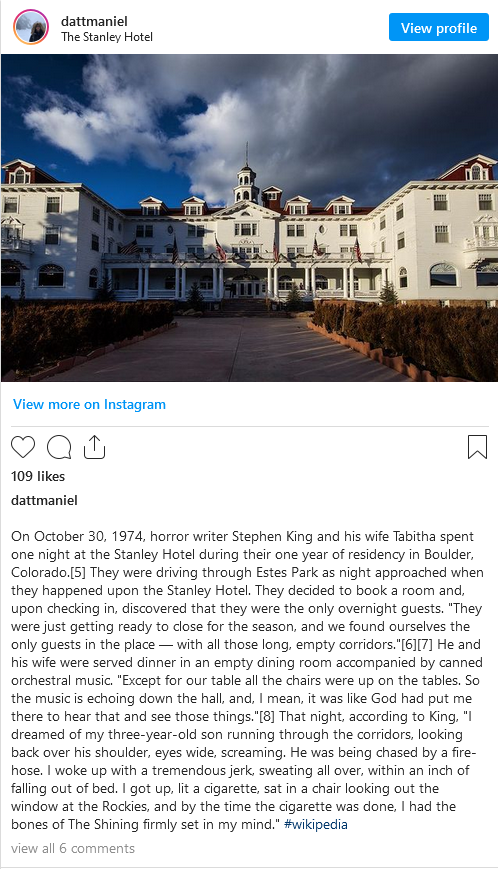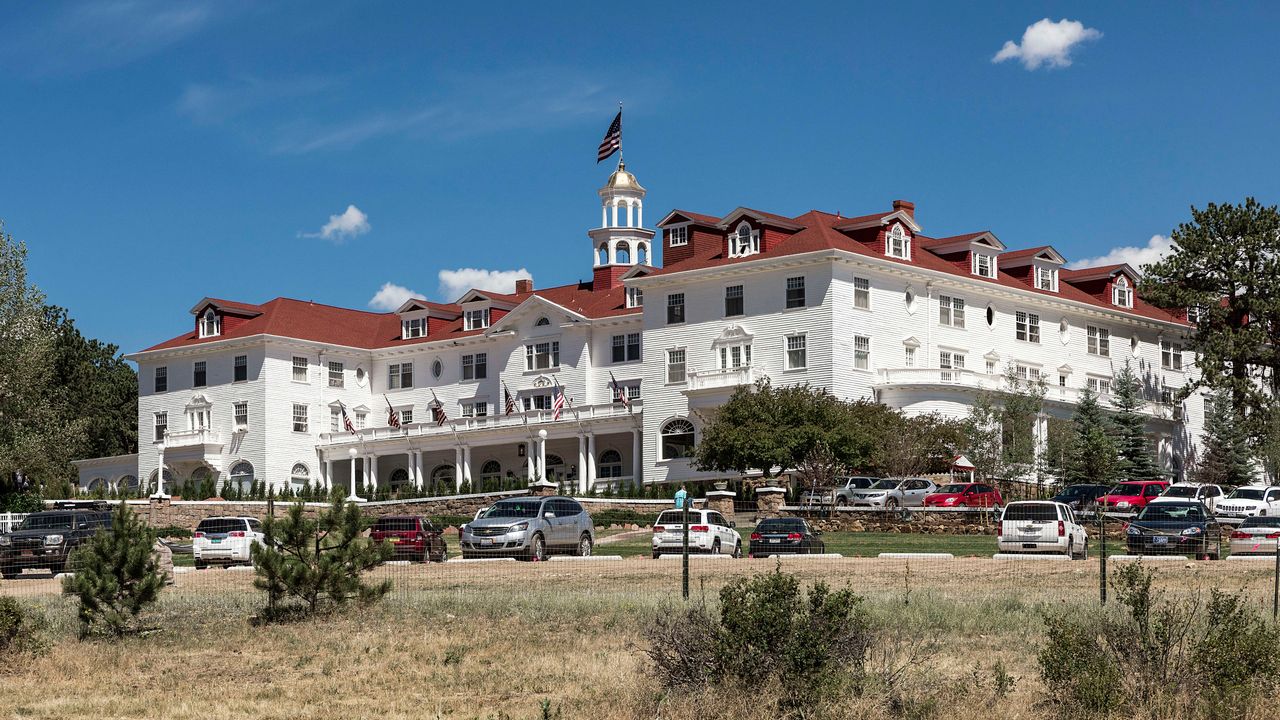To check into the InterContinental Los Angeles Downtown, hotel guests take a high-speed elevator to the Sky Lobby on the 70th floor. When the doors open, it’s not uncommon to hear gasps. Soaring, floor-to-ceiling windows reveal LA’s sprawling cityscape, unfurled all the way to the coast. From a 1,100-foot height, guests can see the Pacific Ocean, Beverly Hills, the San Gabriel Mountains and even the surrounding helipads below — and that’s just the start. From the 31st to 68th floor, all 889 guest rooms and restaurants offer similar views, and the hotel’s 73rd-floor Spiral 73 rooftop bar — flaunting 360-degree panoramas — is now the highest of its kind in the Western Hemisphere.
Since the hotel opened in July 2017, approximately 1,600 tourists have lined up for views every day, more than actual hotel guests. But that was part of the design.
InterContinental LA Downtown is one in a wave of new hotels across the U.S. and beyond vying to be less traditional and more prominent: They want to be a fixture, even a city landmark, to distinguish themselves from competitors. Rather than touting just comfortable beds and free Wi-Fi, hotels are looking to attract both overnight guests and tourists by offering a legacy that others can’t, including a “wow” factor that non-hotel guests can experience and spread the word about.
Developers understand that … hotels need to be a destination unto themselves.
Albert Herrera, Virtuoso
Many hotels are opening in historically established buildings, to benefit from existing legacy credentials. Debuted last spring, the Four Seasons Hotel at the Surf Club in Miami opened inside the 1930s-era Surf Club, an iconic private club for famous members like Frank Sinatra, Elizabeth Taylor and Winston Churchill. New Orleans’ new NOPSI Hotel is housed in the original headquarters of the New Orleans Public Service Inc. building dating back to 1927, which is listed on the National Register of Historic Places. In India, the new Alila Fort Bishangarh is inside a 230-year-old former fortress destined to be a new tourist attraction in Jaipur. Others are doubling up as tourist destinations: The 21c Museum Hotel in Nashville also moonlights as an art museum — guests can literally sleep inside an art exhibit when booking one of three distinguished artist suites. And its measure of success is that it has more tourists than actual guests, exactly as envisioned.
“Developers understand that to drive a bigger return on their investment, hotels need to be a destination unto themselves,” says Albert Herrera, senior vice president of global product partnerships at Virtuoso, the industry’s leading luxury travel network comprising landmark hotels. “As new hotels are being built, you’re seeing a shift in mindset. Developers are making the property a focal point all on its own.”
For the hotels, the gains are clear. First, the status of a city landmark helps single them out as different from the crowd. “People are drawn to new experiences,” says Gina LaBarre, vice president of brand growth at InterContinental Hotels Group. “Creating a landmark gives guests an experience they can talk about for years to come.”

By emerging as points where not just immediate guests but also locals and tourists gather, they tap into a larger market than they would otherwise. Depending on occupancy, groups and seasonality, the InterContinental Downtown LA — which LaBarre says counts guests, locals and tourists all as its audience — receives around 800 non-reservation walk-ins for their restaurants and bars daily. “We now strive to make travel more alluring, and that extends to guests who aren’t necessarily staying in our hotels,” she says.
Legacy can prove a precious friend. At the Four Seasons Hotel at the Surf Club in Miami, non-hotel guests who book the spa, dinner or drinks at the bar can literally walk past the same well-preserved walls that their favorite celebrities once did. Some hotels have relied on other pull factors. The Stanley Hotel in Estes Park used the leverage of The Shining (the hotel inspired the cult classic Stephen King novel) to become a famous, “must see” attraction in Colorado. In Singapore, the Marina Bay Sands opened the world’s largest rooftop infinity pool, extending over three towers. And Burj Al Arab Jumeirah, with its famous sail-shape design, is emblematic of Dubai.
But landmark hotels can also create a sense of pride for the community and the destination, viewed by tourists as a must-see spot that is synonymous with the city in which they’re located, says Herrera .

That’s an approach Nashville’s 21c believes in, suggests Craig Greenberg, president and CEO of 21c Museum Hotels — a chain that now has seven hotels across America. The hotel is housed inside the 1900 Gray & Dudley Hardware Company building, now reimagined with well-preserved architectural details like timber columns and large warehouse windows. The mission of the 21c brand, says Greenberg, is to “expand access to thought-provoking contemporary art and to revitalize America’s downtowns.”
The hotel serves as a public art museum with contemporary exhibits displayed on every guest-room floor, in addition to a dedicated museum on the lower level — free for visitors, and open all days of the week. The idea, says Greenberg, is to engage the community — and it only helps business.
“In today’s world, hotels need to carve out their niche, and we believe art drives commerce,” says Greenberg. “If we have lines of people coming in to engage with the art, then we’ve accomplished what we set out to do.”










